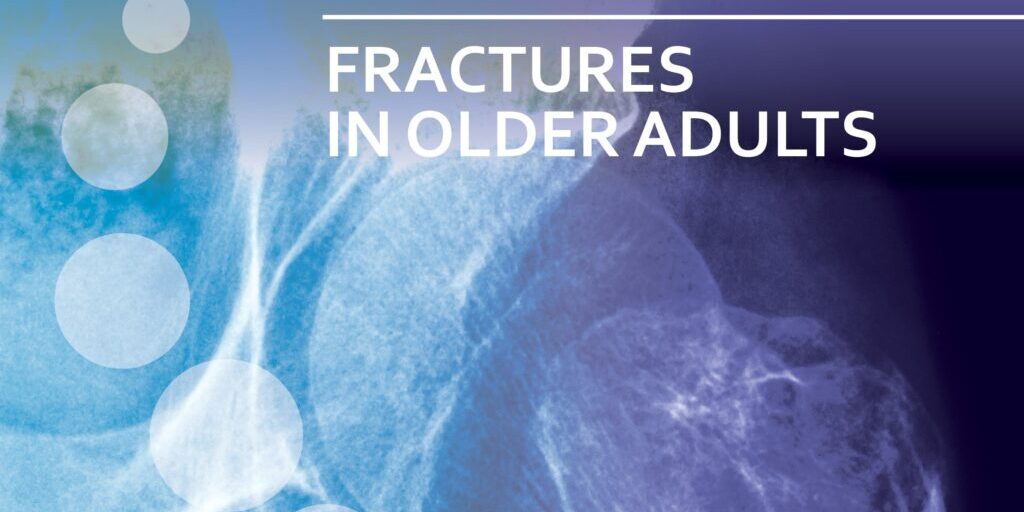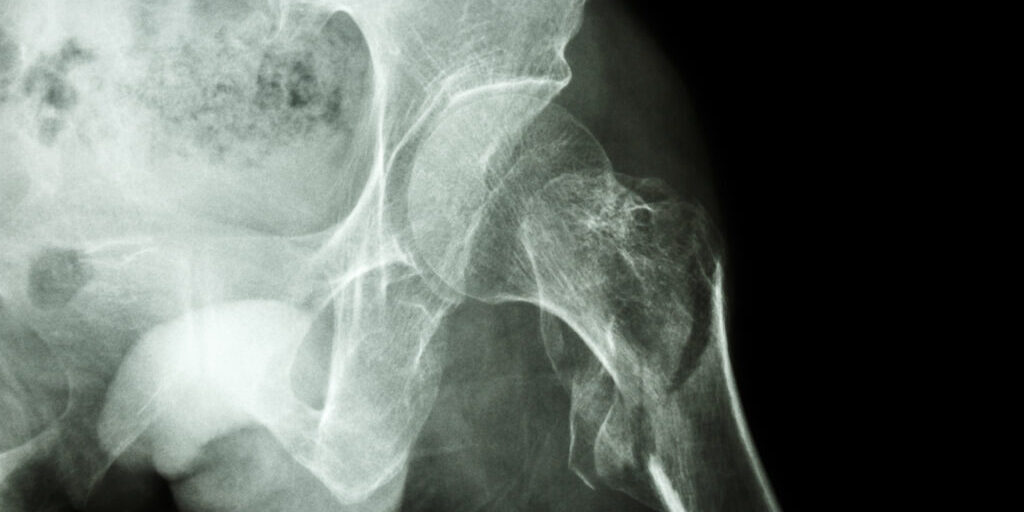Hip fractures are among the most common injuries diagnosed in the emergency department. Fragility fractures, in particular hip fractures, are associated with limitations in ambulation, chronic pain and disability, loss of independence, and decreased quality of life.
Globally, clinical audits have started to improve the quality of hip fracture care. Within these audits, quality indicators are used to measure outcomes of care and enable benchmarking. It is imperative that these indicators are clinically relevant, scientifically acceptable, feasible and usable.
Quality indicators can be organised into the following three key categories:
- Structure indicators, describing what is needed within a hospital or health care system to provide good care;
- Process indicators, which are often based on best practise guideline or standards for specific health interventions, and provide information on the suitability of delivered care; and
- Outcome indicators, which are considered the ultimate measurement, given they reflect the end results of the provided care.
A 2018 study by Voeten et al titled ‘Quality indicators for hip fracture care, a systematic review’ published in Osteoporosis International, involved an extensive literature review to identify quality indicators for hip fracture care. From this, the study authors set out to compose a set of methodologically sound quality indicators for the evaluation of hip fracture care in clinical practice.
A total of 97 unique quality indicators were found, with nine relating to structure, 63 to process and 25 outcome indicators, from which nine quality indicators were extracted and proposed as candidates for further research to assess their clinometric properties.
Structure indicator
Orthogeriatric management during admission – Two reviews identified, supported the beneficial effects of orthogeriatric care models on mortality. One study revealing a significant decrease in the one year mortality rate from 35.1 per cent to 23.2 per cent after implementation of an integrated orthogeriatric treatment model.
Process indicators
Time to surgery – Research currently available suggests the rate of complication increases with delay in time to surgery. However, there is ongoing debate whether a specific timeframe should be implemented, and if so, what that timeframe should be. The review authors proposed that the ideal timeframe in the definition of this quality indicator should be specified differently based on a patient’s level of frailty.
Time to mobilisation – The review authors found that the recommended time to mobilisation also differs (from 24 hours to 48 hours) in current articles and audits/guidelines.
Future fracture prevention assessment – At the time of the systematic review, the authors determined that future fracture prevention was described as a QI in seven articles and in six audits/guidelines. Two types of fracture prevention were reported, including bone health assessment and treatment (if necessary), as well as risk of falls assessment and future falls prevention. The review authors proposed that both this form of fracture prevention should be grouped together as one single QI given they serve the same aim.
Systematic pain assessment – Research suggests this quality indicator has a correlation with a lower 30-day readmission and 30-day mortality rates.
Malnutrition assessment – The assessment of nutritional status is described in two articles and three audits/guidelines, however, there is a lack of quality evidence on whether oral nutritional supplementation commenced before, or just after surgery, may prevent complications and shorten the length of hospital stay.
Prevention/assessment of pressure ulcer – A study by Magny et.al revealed the presence of a pressure ulcer was associated with an increased six month mortality rate.
Outcome indicators
Mortality rate – This QI was found in three articles and four audits/guidelines. The timeframe for reporting mortality varied between 30 day, 90 day, 120 day and 1 year mortality. Study authors recommend that differences in patient characteristics between hospital populations need to be accounted for in the analysis/benchmarking process when comparing mortality rates between hospitals.
Return to the place of residence within a specific timeframe – This QI has the opportunity to provide insight into the overall quality of hip fracture care. Whether hip fracture patients return to their place of residence often depends on the care they received while in hospital, and also on the quality of the rehabilitation program.
In summary, the study authors recommended utilising the above set of nine quality indicators as the grounds for further clinical research.





